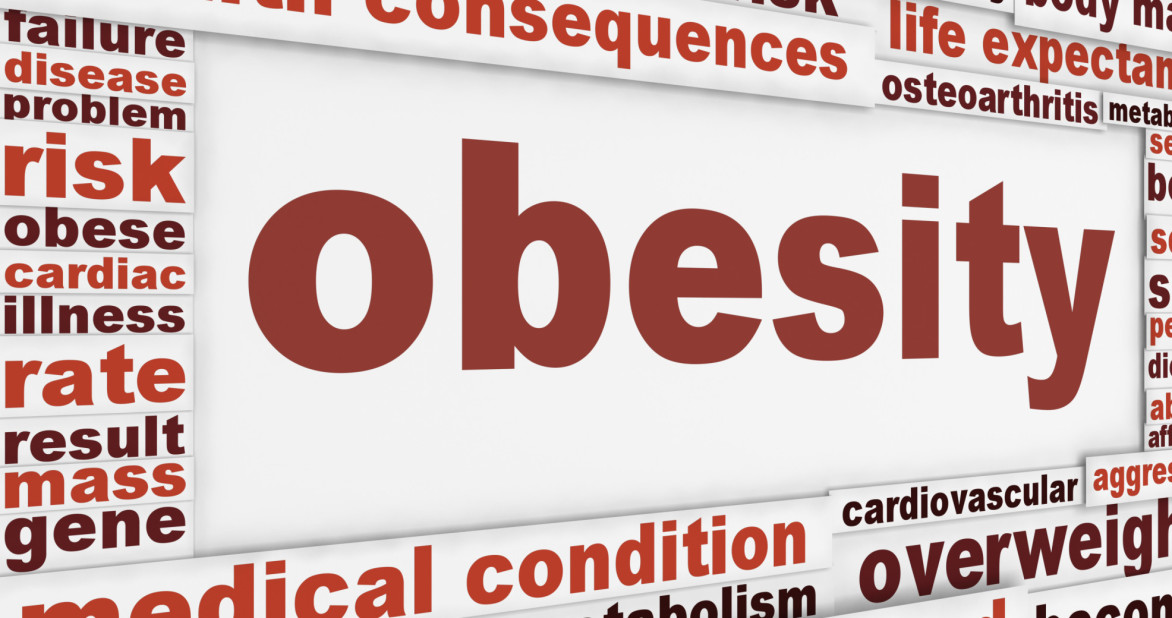Facilitating cancer risk with alcohol abuse

Facilitating cancer risk with alcohol abuse begins with a single drink
Facilitating cancer risk with alcohol abuse: Defining alcohol
Despite the risks that come with alcohol, it is one that is also abused globally. Surprisingly as addictive as it is, it is one of the biggest government source of revenue across the globe. Alcohol despite its effects in human health and the economies of the nations, it is legally acceptable and it finds its way in both the high and mighty and low places of our societies. So what exactly is this drug alcohol? It is the common term used ethanol or ethyl alcohol which is a chemical substance commonly found in beer, wine, liquor, some medicines, mouthwashes, household products and other essential oils scented liquids taken from plants. From the description of what this product is, we can confidently say that alcohol abuse is facilitating cancer risk as we will be discussing going forward.
And for value addition, we spoke to experts at AWAREmed Health and Wellness Resource Center. This facility was founded by doctor Dalal Akoury and currently she is also the MD of the establishment. Together with her team of experts, they are going to help us put to perspective some of the concerns we have in relation to our topic of discussion today which is “facilitating cancer risk with alcohol abuse”. Besides that it will interest you to note that alcohol is produced by the fermentation of sugars and starches by yeast, it is equally important that we are aware of the main types of alcoholic drinks and their alcohol content. This is going to be very helpful to us as we explore the primary effects of alcohol to cancer and cancer patients. The alcohol content in various alcoholic beverages is as follows:
- Beers and hard ciders: 3-7 percent alcohol
- Wines, including sake: 9-15 percent alcohol
- Wines fortified with liquors, such as port: 16-20 percent alcohol
- Liquor, or distilled spirits, such as gin, rum, vodka, and whiskey, which are produced by distilling the alcohol from fermented grains, fruits, or vegetables: usually 35-40 percent alcohol (70-80 proof), but can be higher
According to the National Institute on Alcohol Abuse and Alcoholism, a standard alcoholic drink in the United States for example contains 14.0 grams (0.6 ounces) of pure alcohol. Generally, this units of pure alcohol is found in
- 12 ounces of beer
- 8 ounces of malt liquor
- 5 ounces of wine
- 1.5 ounces or a “shot” of 80-proof liquor
Up to this point let me pose briefly and find out or justify why alcohol is the most abused drug globally besides facilitating cancer risks and other health problems. Take for instance according to the federal government’s Dietary Guidelines for Americans 2010 just five years ago, the federation position or definition of what should be considered to be moderate alcohol drinking is a maximum of one drink per day for women and two drinks per day for men. Heavy alcohol drinking is defined as having more than three drinks on any day or more than seven drinks per week for women and more than four drinks on any day or more than 14 drinks per week for men. With that piece of information, you are now beginning to appreciate the realities of alcohol abuse. Ideally what is considered heavy drinking per week is equivalent to what most people consume in just two hours daily. If in just two hours one would take this much, translate that in to a day then to a week, a month and a year. It thus explains why this is the most abused drug in our societies and so the biggest facilitating cancer risks among other health problems. We are certainly going to continue with this discussion in the next article but in the meantime, you can call doctor Akoury for further professional direction about alcohol abuse.
Facilitating cancer risk with alcohol abuse: Defining alcohol








